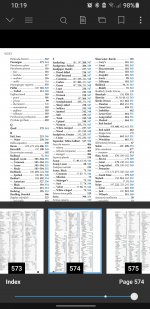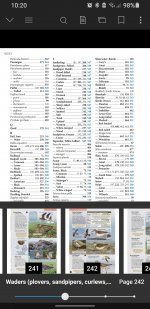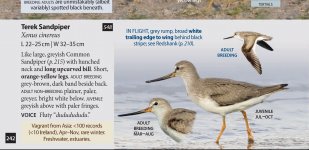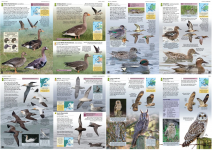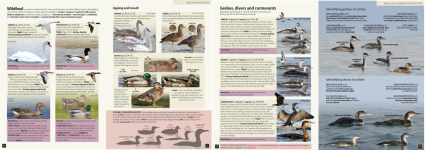I understand it might not necessarily replace home hard copies, and also won’t be everyone’s bag, but for in the field the amount of information you can bring on your phone cannot be equalled by any hard copies (without a wheelbarrow), it’s just a case of getting used to using them that’s all. The Collins app started this for me - haven’t looked back since.
Absolutely, undeniable but folk who like hard copy, are unlikely to shift easily until books in their physical form, become impossible to get.
Aside from the issues many times covered on this forum regarding tech generally, charging, faults, damage etc, some people, me included, seem to have been gifted with square fingers. I find the small, hand held devices, really difficult to use, physically, I just don't seem to have the manual dexterity required, or the eyesight these days either!
With phones, the arrangement of buttons on the side of them, means that if my wife passes me her phone to look at something, I invariably make contact with something on the exterior and end up losing the intended page or enacting something else unintended, this is before the actual page navigation, I'm just too clumsy it seems and will never, be carrying tech with me as my primary resource.
If you can use these things with any amount of competence as most can, the advantages in terms of the pure volume of information you can carry, are clear.








